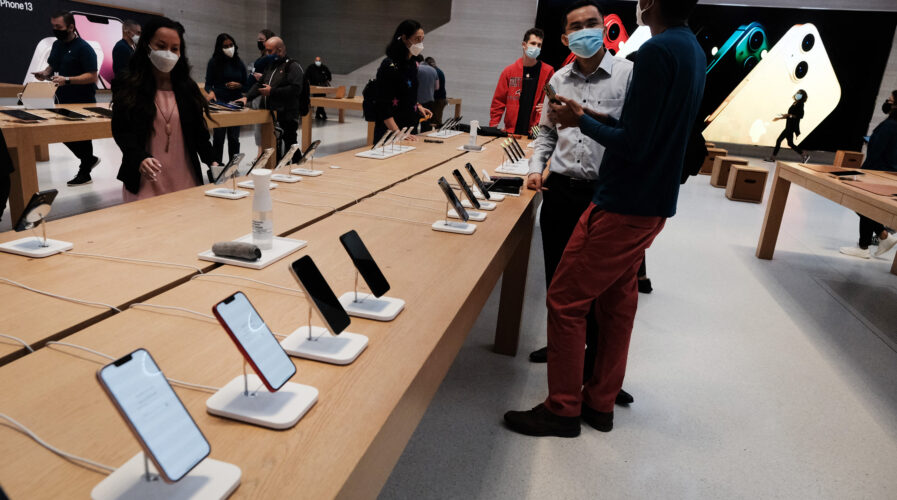
(Photo by SPENCER PLATT / GETTY IMAGES NORTH AMERICA / Getty Images via AFP)
Recommerce is the next big trend in e-Commerce
Recommerce may not be an option for most enterprises today. But with remote and hybrid working being the new normal, some organizations are looking to purchase recommerce products like laptops to equip their remote workers or temporary employees.
When businesses use recommerce devices, they need to ensure the devices are well secured and do not have any problems which could disrupt their remote workers. Interestingly, the recommerce market has also picked up in Southeast Asia.
According to a study by ThredUp, the secondhand market is projected to double in the next five years, reaching US$ 77 billion. The report also stated that thrifting has become a new habit since the pandemic started two years ago.
In Malaysia, the Carousell Recommerce Index 2021 showed that eight out of 10 people have made secondhand purchases before, with a strong preference for buying electronic devices such as computers, mobile phones, and tablets. In the Philippines, 92% of consumers responded that they’ve bought secondhand items, including unused and brand-new items by casual everyday sellers.
Meanwhile, leading recommerce platform CompAsia stated a growth of 2,500% in its e-store business in Malaysia over the last two years largely driven by movement restrictions that amplified the convenience of doing business on the CompAsia platform. The success of its recommerce platform in Malaysia has led Compasia to open new e-stores in Singapore and Thailand.
“Customers trust that we are giving them excellent prices both when buying back their devices and selling them preowned ones on our e-stores,” said Julius Lim, Founder, and CEO of CompAsia, which currently operates in nine markets in the region.
Lim added that CompAsia’s 32-step quality check that every device goes through, along with the secure data erasure to protect both buyers and sellers alike have also proven to be leading reasons for its growing customer base.
To date, CompAsia has sold over 500,000 devices globally and continues to ramp up sales at a blazing pace. The company is also backed by responsive after-sales service support to ensure customers are satisfied with their products.
Lim also pointed out that with the network upgrading from 4G to 5G, there has been an increase in the sales of smartphones as customers are actively looking for the best deals and reliable trade-in options. This has also led to increased traffic on their new e-store in Singapore.
“CompAsia is changing customers’ mindsets in buying second-hand gadgets as we are giving them the very best quality in each item and making every brand accessible to everyone. When you buy on a recommerce site, you are not only extending the lifespan of the item, but you are also diverting waste from landfills, which means a healthier planet,” added Lim.
While e-Commerce in Southeast Asia continues to be a growing market, there is no denying that the recommerce industry is also a very big part of it. Apart from mobile devices and laptops, the industry is primarily being supported by the sale of apparel. Fashion companies have also taken notice of this and are making recommerce a core component of their consumer-brand relationship.
READ MORE
- Strategies for Democratizing GenAI
- The criticality of endpoint management in cybersecurity and operations
- Ethical AI: The renewed importance of safeguarding data and customer privacy in Generative AI applications
- How Japan balances AI-driven opportunities with cybersecurity needs
- Deploying SASE: Benchmarking your approach


